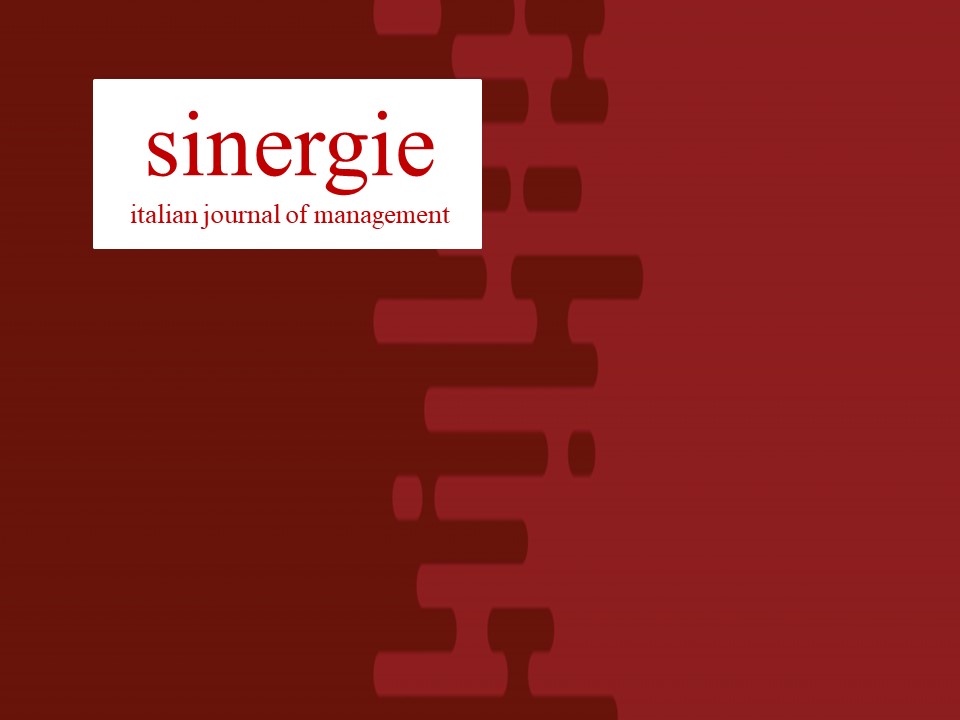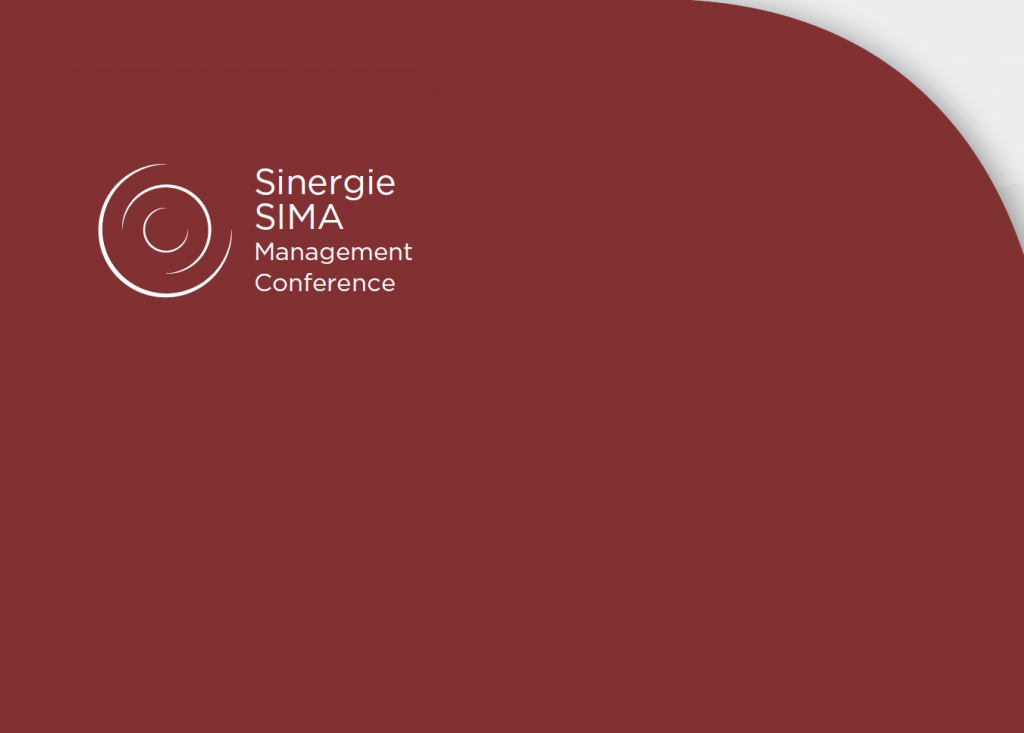Types of Forex Orders: Market, Limit, and Stop Buy and Sell Orders
We will analyze the features of different of order execution and when they should be used. A buy stop order combines the functionalities of a buy order and a stop-market order. Similar to buy limits, buy stops are pending orders, meaning that they rest at market until filled. However, buy stops reside above current price and are filled at the best available price when elected. In the live forex, buy stops may be used to enter the market in a bullish fashion or act as stop losses for open short positions. Let’s take a look at how stop orders work using the following example.
In a similar way that a “gap down” can work against you with a stop order to sell, a “gap up” can work in your favor in the case of a limit order to sell, as illustrated in the chart below. In this example, a limit order to sell is placed at a limit price of $50. If the current stock price is $15 per share, the stop price and limit price should be below the current market price, like a stop price of $10 and a limit price of $7. The order is activated when the price falls to $10, but there will be no order fulfillment if the price drops below $7.
What is the difference between a buy stop and a buy limit order?
Although similar in objective, trading and investing are unique disciplines. Duration, frequency and mechanics are key differences separating the approaches. Determining the best forex platform is largely subjective. Trading Station, MetaTrader 4 and ZuluTrader are four of the forex industry leaders in market connectivity. Also, always check with your broker for specific order information and to see if any rollover fees will be applied if a position is held longer than one day. This is always atradeoff when using a limit order instead of a market order.
What is difference between buy limit and buy stop?
A buy limit order is used when an investor wants to open a long position in a stock at a certain price, while a stop order is used by an investor who wants to lock in profits or limit losses by exiting a position.
In this strategy, the investor looks for patterns in recent trading prices. They’re particularly looking for points on the chart where the stock seems unable to rise beyond—what traders call a resistance level. Technical analysts call this a breakout above the resistance level. If a stock is trading at $15 per share, the stop price and the limit price will be a price above the current market price, like a stop price of $17 and a limit price of $18. The order is activated when the price reaches $17, but there will be no order fulfillment if the price moves above $18.
Limit Order vs. Stop Order: What’s the Difference?
Various Registered Investment Company (“RIC”) products offered by third-party fund families and investment companies are made available on the platform. Certain of these RIC products are offered through Titan Global Technologies LLC. Other RIC products are offered to advisory clients by Titan. Before investing in such RIC products you should consult the specific supplemental information available for each product. Charts and graphs provided within are for informational purposes solely and should not be relied upon when making any investment decision.
- The trader is trading BTCUSD at the yellow line level and expects the price to stay below 10,000 USD and experience a pullback from that level.
- If you place a SELL limit order here, in order for it to be triggered, the price would have to rise up here first.
- A trailing stop-loss order is a stop-loss that moves with the security to the trader’s benefit.
- But due to a lack of liquidity, you only sell a fraction of your position.
- In the case of a stock that is dropping in price quickly, you may see a fair amount of “slippage” or a gap between the stop price and the actual price at which the stock is sold.
- You can also execute stop orders that trigger limit buys, but those introduce execution risks that you may not want to face.
An order is an investor’s instructions to a broker or brokerage firm to purchase or sell a security. Stop hunting is a strategy that drives the price of an asset to a level where many investors may have set stop-loss orders. A bear trap denotes a decline that fools market participants into opening short positions ahead of an upside reversal that squeezes those positions into losses.
Types of Orders
Sell stop is placed below the current asset price when the trader expects the bearish trend to continue. When the price drops to the level specified by the trader, it opens a short position. Like in the market, there are sellers of the same product at different prices. Let’s say you’ve sent a 50-lot order to a liquidity provider. Therefore, the remaining 30 lots will be executed at a lower price. In this case, the trader will experience slippage, and their position will be opened at the average cost.
As a general rule, the predefined price for the Sell Stop is always lower than the current market price of the asset in question. Traders who sets a Sell Stops, anticipate that the price of their asset will fall. Naturally, the opposite is true for Buy Stop, where the predefined price is always higher than the current market price of the asset in question.
It can be due to factors like earnings announcements, a change in an analyst’s outlook or a news release. Gaps frequently occur at the open of major exchanges, when news or events outside of trading hours have created an imbalance in supply and demand. A buy stop order is an order to purchase a security only once the price of the security reaches the specified stop price. For Good-For-Day orders that you enter during market hours, we’ll reserve an additional 5% of buying power. You want to buy MEOW, but you think it will fall in value and want to wait to purchase it.
Is a buy stop a stop-loss?
A buy-stop order is a type of stop-loss order that protects short positions; it is set above the current market price and is triggered if the price rises above that level. Stop-limit orders are a type of stop-loss, but at the stop price, the order becomes a limit order—only executing at the limit price or better.
It ADA is a pending order where the price is expected to reach the Stop level. At this moment, the broker activates a limit order at the specified asset price. When the asset reaches this value, an order to buy or sell is placed with the trader’s parameters. The main difficulty is choosing the right order type and gaining experience in working with several orders at the same time. There isn’t much room for advice, except how to practice the skill of using different orders in real market conditions.
You want to give the buy at stop that same wiggle room for fluctuation, while still protecting yourself from loss. And when a trade goes against you, a stop-loss order is a crucial part of that plan. A stop-loss is an offsetting order that exits your trade once a certain price level is reached.
But because of a flat at the yellow line, they follow the scenario of a key level breakout at the blue line instead of entering the market. The trader believes that since the market has reached this value, it will continue to fall. When you know what a Stop Limit is, trading becomes much easier. After all, a Buy stop limit can be used for a rollback scenario as well as to break through key levels. The trader only needs to set a limit order at the level lower than the stop price.
- If the stock’s too illiquid, it may be smart to lower your position size to better manage your risk.
- Trade in the overall trending direction, and use a simple stop-loss strategy that allows for the price to move in your favor but cuts your loss quickly if the price moves against you.
- The company reports earnings after the market closes and opens the next day at $60 per share after disappointing investors.
- They would profit from the difference between the sale price and the cheaper repurchase price.
Buy stop is set above the current price when the trader expects further asset growth. When the asset value increases to the level set by the trader, it opens a long position. The benefit of pending orders is that there can be an unlimited number of them. To hedge against an unexpected market move, such as early reversal, I placed a pending Buy stop order slightly above the market price. In addition to real risks, professionals also take into account alternative risks. In my case, it’s a situation where the market doesn’t reach the pending Buy limit order, makes a reversal earlier, and continues to grow.
The stop-limit order triggers a limit order when a stock price hits the stop level. This example shows the importance of correctly determining SL andTP levels. Even one mistake can turn a successful trade into a losing one. At the same time, it’s also not recommended to neglect them. If you do, you can quickly lose control over risk and deplete your deposit. Suppose we expect the asset growth to continue and open a short position at the blue line.
That’s why it’s helpful to understand order types and how to best use them. The system allows you to trade by yourself or copy successful traders from all across the globe. For beginners, there is a risk of getting confused and canceling orders when there is no need for it.
A stop-https://www.beaxy.com/ order, also known as a stop order, is used to limit losses. Under this technique, an investor places an order to buy or sell a security when it reaches a specific price. When the stock price reaches the predefined price, the order becomes a market order and gets executed.
Canada grandma helps stop fraud scheme targeting senior citizens – BBC
Canada grandma helps stop fraud scheme targeting senior citizens.
Posted: Fri, 03 Mar 2023 16:05:56 GMT [source]
The order gets triggered if the price were to reach that level. Investopedia requires writers to use primary sources to support their work. These include white papers, government data, original reporting, and interviews with industry experts. We also reference original research from other reputable publishers where appropriate. You can learn more about the standards we follow in producing accurate, unbiased content in oureditorial policy. Although stop orders avoid the risks of no fills and partial fills, you may end up with a lower price than you expected.


